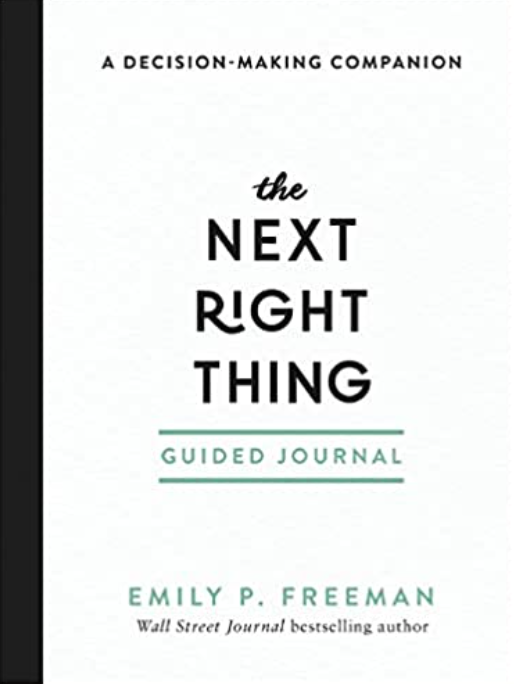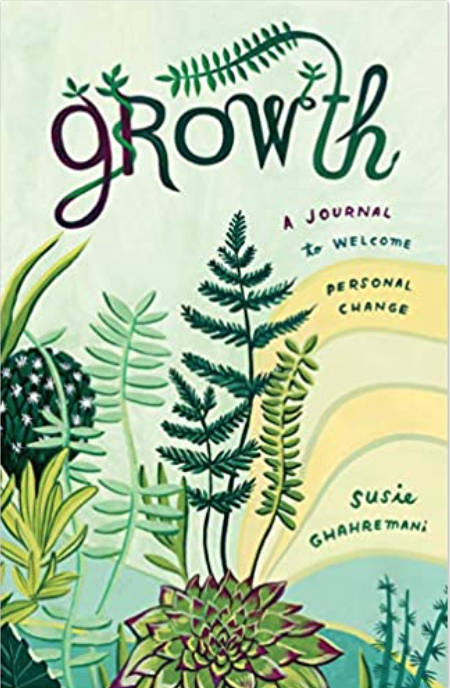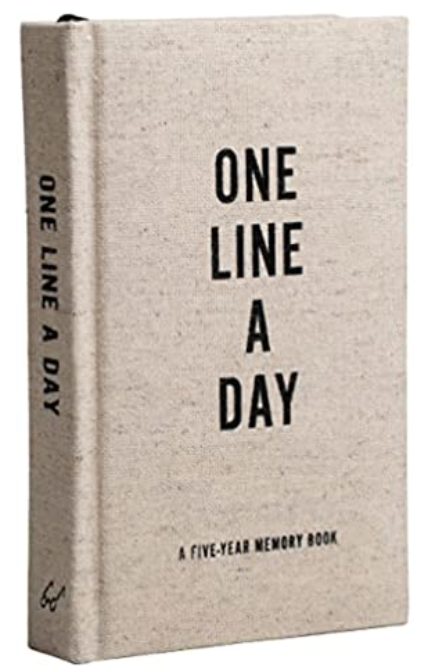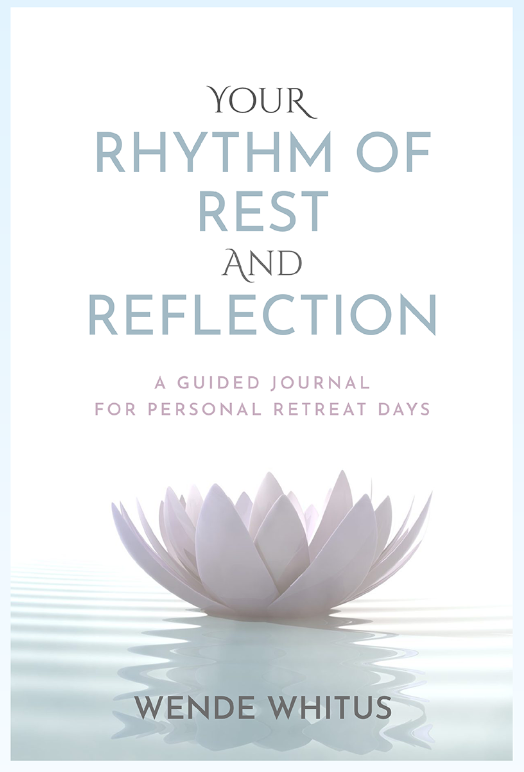How do you make sense of all your daily events and happenings? The short answer: by journaling! I’m a huge believer in the power of journaling. It’s something I do every morning without fail. If the thought of keeping a journal makes you shudder, have no fear! There are many ways to journal, and I promise at least one of them will resonate with you. More on that later, but for now let’s answer the question WHY journal?
The results of journaling are two-fold: happiness, and clarity.
First, happiness. Yes, I can almost guarantee that daily journaling can bring you more happiness! Several research studies have proven that simply writing down 5-10 things per week you are grateful for increases self-reported happiness over time. It takes just a few seconds to jot down one or two things each day that you are thankful for. If you are brand-new to journaling, start here! You don’t need a fancy journal, just grab a piece of paper and start your “gratitude” journal today. I mean RIGHT NOW! Stop reading and write down one thing you are thankful for…..I’ll wait!
Did you do it? If so, congratulations! You are now a journaler! It’s as simple as that. Journaling is just recording your thought life. If you can think of one thing you are grateful for, you can take the next step and write it down. That leads to our second “result” of journaling: clarity. Our thoughts are fleeting. But if we take the time to write down our thoughts, they take on permanence. They become a time capsule that we can go back to and revisit. And you definitely SHOULD revisit your journals! Don’t let them simply stack up in your closet gathering dust. Any thought worth recording is a thought worth revisiting.
Here’s how I use my daily journals during a Personal Retreat Day: I review all my journal entries from the previous month and I search for patterns. I ask myself, “What was life-giving, and what was life-draining last month?” That one question alone brings an enormous amount of clarity (thank you, Emily P. Freeman!) Simply attaching meaning to the events that took place can change the course of the month to come. I notice things that were life-draining and I strive to do less of those next month (I focus on the things that are actually under my control, like self-sabotaging habits or bad attitudes). I also notice things that were life-giving: things that brought me joy, and I vow to bring more of those things into my life.
WAYS TO JOURNAL
As I mentioned earlier, there are countless ways to journal. Some do it with pen & paper, others prefer to capture their life notes electronically. Read through a few of these suggestions and pick on that resonates with your soul.
LISTS
You’ve already learned about one type of journaling – the gratitude list. One of my favorite all-time books is “1000 Gifts” by Ann Voskamp. In this memoir, Voskamp tells the story of her decision to list 1000 things she’s grateful for. For months she kept a simple notebook on the kitchen counter and she jotted down anything and everything that she was thankful for — even something as simple as noticing the swirling colors in a soap bubble. If you are new to journaling, I suggest you start here. Get a cheap college-ruled notebook from the dollar store and make a bullet list of things you are thankful for. The practice is addictive! Of course you can keep other lists besides what you’re thankful for, such as jotting down 3-5 notable events from your day before you go to bed.
DEAR DIARY…
Most people think of a diary when they hear the word “journal,” as in “Dear Diary, today I met the boy of my dreams.” I used to have a diary like this when I was a pre-teen, it had a fancy cover and a lock with a tiny key so I could write about all of my crushes and irritations with my parents without worrying about anyone discovering my deepest secrets! You can still keep a “grown-up” version of a diary, and many people do prefer this method. If you are a writer, you’ll likely enjoy recording full paragraphs about the events of each day, and a narrative form of journaling can be hugely insightful. But it can also be intimidating. If this doesn’t resonate, skip it.
FREE FORM
Creative types love the freedom of a “free-form” type of journal. All you need are blank pages where you can capture thoughts in a way that suits your needs. You can sketch or create mind-maps. You might jot down just three words one day, and the next day you may feel like writing full paragraphs. You are only limited by your imagination.
GUIDED JOURNALS
For those of you who struggle to get started with journaling, guided journals with prompts could be your answer. These kinds of journals lead you by the hand by providing a ready-made framework for you. There are SO many of these journals on the market. A few I’ve picked up are Emily P. Freeman’s “Next Right Thing” journal (a companion to her book of the same name), “Growth: A Journal to Welcome Personal Change” by Susie Ghahremani, and “One Line A Day: A Five Year Memory Book” published by Chronicle Books.
And if you are looking for a monthly journal, specifically for use during your Personal Retreat Day, I have a brand-new resource for you! Check out my journal: “Your Rhythm of Rest and Reflection: A Guided Journal for Personal Retreat Days” available on Amazon!
ACTION ITEMS
Now that you’ve learned a few ways to journal, pick one that speaks to you and get started! If you’re already a journaler, remember to review your entries regularly. A Personal Retreat Day is the perfect opportunity to do so. Is your next PRD on the calendar? If not, schedule one today!
I’d love to hear about your favorite method of journaling. If you have a favorite guided journal, let me know! You can always reach me at wende@personalretreatday.com





